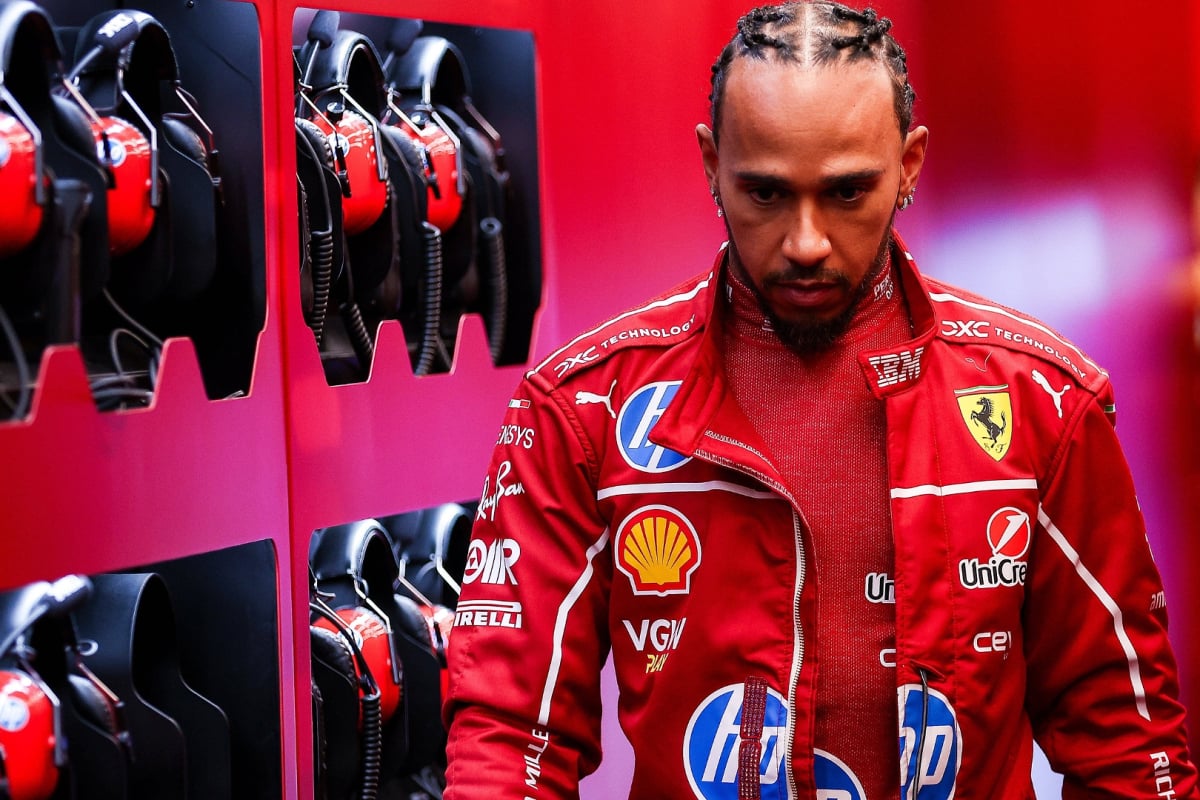The Singapore Grand Prix remains one of the most spectacular, challenging, and evocative events on the contemporary Formula 1 calendar. Staged under the dazzling lights of Marina Bay, the race not only tests the endurance and finesse of the drivers but also delivers some of the most dramatic moments in the sport’s recent history. Let’s delve into the key figures, records, and drama that have cemented Singapore’s place as a true modern classic.
Since its debut in 2008, the Singapore Grand Prix has stood out as Formula 1’s first ever night race. Drivers navigate the tight, winding circuit flanked by unforgiving barriers, high humidity, and searing temperatures that push both cars and competitors to the absolute limit. The combination of artificial lighting and urban landscape creates a truly unique spectacle, capturing the attention of fans worldwide.
Over the years, Marina Bay’s layout, with its 23 turns, has witnessed moments of triumph and heartbreak. Maintaining concentration and stamina for the race’s typical two-hour duration remains a defining challenge. It’s no coincidence that many of F1’s greats – including Lewis Hamilton and Sebastian Vettel – consistently excel here, combining physical prowess, strategic intelligence, and raw pace.

The event’s history is already replete with fascinating records. Sebastian Vettel holds a special affinity for Singapore, conquering the city-state’s street circuit five times over his illustrious career, while Lewis Hamilton dazzled in 2018 with what can only be described as one of the most scintillating pole laps in F1 history. Kimi Räikkönen, the ever-popular Finn, clinched his 200th Grand Prix right here, proving that the Marina Bay challenge appeals as much to seasoned drivers as to up-and-coming stars.
Singapore is known for its unpredictability. The Safety Car – called upon in all but one Singapore GP to date – has played a pivotal role in defining race outcomes. Early deployment can scramble strategies, adding a layer of chaos that keeps teams and fans on the edge of their seats. Overtaking here is notoriously tricky, and any mistake often spells disaster. This high-stakes atmosphere regularly paves the way for surprise results, making each edition of the race a must-watch.
A defining moment in the circuit’s history came in 2008, when controversy erupted with the infamous “Crashgate” scandal involving Nelson Piquet Jr. and Renault. This incident underscored not only the stakes at play but also the unpredictable nature of racing under the Singapore lights. Since then, organizers and the FIA have worked tirelessly to ensure fair play, resulting in cleaner, but no less dramatic, racing.
Technical challenges abound for engineers, too. The heat and humidity test cooling systems to the max, while the stop-start layout puts intense pressure on brakes and gearboxes. Teams often introduce special updates for Singapore, bringing new aerodynamic and cooling solutions to counteract the unique demands. Tire degradation, always a factor in Formula 1, is amplified here due to the relentless combination of slow corners and abrasive tarmac.
Fan engagement is also unrivaled. From the vibrant padang concerts to the jaw-dropping skyline that frames the action, the Singapore Grand Prix has innovated the very concept of a Formula 1 weekend. It’s no longer just about the racing but an immersive experience that draws legions of enthusiasts from across the globe.
In conclusion, the Singapore Grand Prix is more than just a race; it’s a theatrical showcase of endurance, strategy, and spectacle. As drivers and teams continue to push the limits every September, Marina Bay remains a glittering example of what makes Formula 1 the pinnacle of motorsport. For devotees and newcomers alike, its blend of sporting drama and breathtaking setting ensures the legend of Singapore will only grow with each passing season.




















































































































































































































































































































































































































































































































